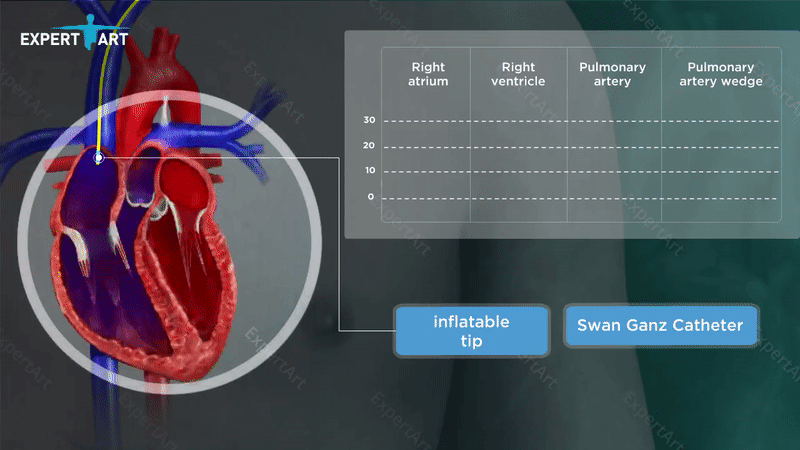When blood temperature rises, haemoglobin absorbs less H+ ions. Therefore, the concentration of free H+ in the blood also rises, and the pH goes down as a result. pH is a measure for the acidity of the blood (the lower the pH, the more acidic the blood), so if more H+ ions are free, pH goes down and becomes more acid. pH drops 0.015 per Celsius degree increase. On the contrary, when blood temperature goes down, haemoglobin absorbs more H+ and the pH rises. pH increases 0.015 per Celsius degree decrease. H+ intake by haemoglobin isn’t the only factor that changes with temperature; the solubility of CO2 in the blood is also affected. When temperature decreases, the solubility of CO2 decreases as well. And when temperature increases, the solubility of CO2 increases, too.

